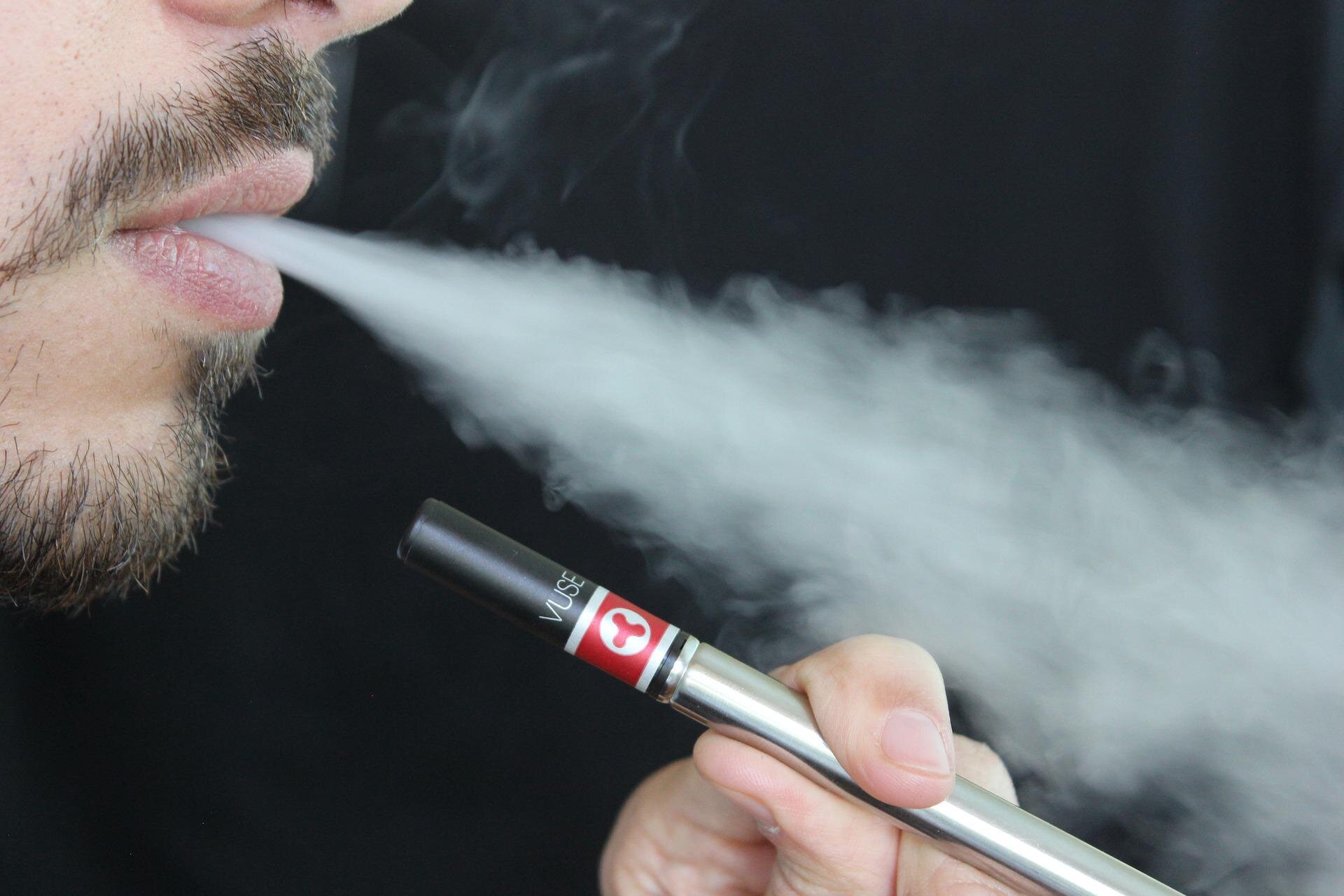By Jason Huston/CINCIA
Indigenous peoples around the world are disproportionately affected by environmental pollution. The Matsigenka people of the Peruvian Amazon are one such indigenous group. Fewer than 1,000 Matsigenka are spread across four villages in the Manu River Basin of Manu National Park in southeastern Peru, with an undetermined number of villages and individuals living further up the Manu River in self-imposed isolation.
Despite a very traditional way of life, far from industrial centers, the people of Matigenka are exposed to high levels of mercury by eating mercury-contaminated fish. The source of this mercury is likely to be pollution from artisanal and small-scale gold mining. Miners engaged in this type of mining use mercury to extract gold from the sediments of the river bed. Silvery mercury bonds with gold to form a solid mass called amalgam. Heating the amalgam over an open flame vaporizes the mercury, dispersing it into the air, soil and water, where it enters the food chain as methyl mercury. Methylmercury is dangerous neurotoxin which affects cognition and other central nervous system functions in exposed individuals.
Although the Matsigenki do not mine gold themselves and live more than 300 kilometers (186 mi) from the nearest gold mine, modern opinion suggests that they are exposed to mercury after it is carried up the same large river migratory fish who support their communities. In addition to being a serious health problem, these disproportionate impacts on Matsigenka communities make mercury pollution an environmental justice issue.

By Jason Huston/CINCIA
New research led by Wake Forest University psychologist and CEES member Alicia Silman, in collaboration with scientists from the Wake Forest Center for Innovative Amazon Science (CINCIA), the Wake Forest School of Medicine, the University of North Carolina–Greensboro, and the Universidad Peruana Cayetano in Peru, Heredia, makes an important step towards understanding the impact of mercury exposure on the health of Matsigenki people. The team found a negative correlation between hair mercury levels in the Matsigenka study participants and their performance on cognitive tests, demonstrating a tangible and ominous link between environmental mercury pollution and human cognition in this Amazonian indigenous group.
“As a cognitive psychologist, I was interested in how experimental findings can offer new approaches and methods for those working in environmental and public health,” Silman explains. But she and her staff didn’t want to use traditional intelligence tests that make assumptions that don’t fit Matigenka’s lifestyle. For example, many intelligence tests assume that the test taker is familiar with the base-10 number system, where each digit in a number ranges from zero to nine. However, some indigenous Amazonian groups use a one, two, many counting system, where sums of three or more are indistinguishable from each other.
For this new study, the research team used a new approach to measuring cognition, using tests of working memory that involve listening and remembering and identifying abstract shapes to assess the cognitive skills of Matigenka’s study participants. Working memory is closely related to measures of intelligence, so this approach was a win-win as it allowed them to collect the data they needed and adapt to the real-life experiences of the Matigenka people. “Even the simple act of sitting down with papers is cultural, but we’ve done our best to minimize that [cultural] exposure,” Silman explains.
Silman and her colleagues found that despite the fact that the community of Matsigenka was hundreds of kilometers upstream from the nearest gold mine, nearly everyone surveyed had mercury levels above the World Health Organization’s safe level of 2.0 parts per million. In fact, the mercury levels in Matigenka’s hair samples exceeded the safe limit by an average of 3.5 times. Participants with high levels of mercury in their hair performed worse on tests of working memory and executive function, two key components of cognition.
“Due to the boom in illegal mercury-based gold mining in places like the Amazon, there has been a huge surge in reports of mercury releases to air, water and soil, as well as mercury impacts on indigenous people,” explains CINCIA’s executive director. and Wake Forest Associate Professor of Biology Luis Fernandez. “There is an urgent need for effective methods to understand and quantify the effects of this mercury on already vulnerable and marginalized Amazonian populations.”
This new study addresses that need. Although the number of Matigenka participants in the study was relatively small for human cognition research – just 30 people from three communities – this article demonstrates how to apply recognizable tests for non-Western populations and the power of interdisciplinary research. According to Silman, such collaboration between experimental psychologists and environmental researchers will lead to a more complete understanding of the harmful effects of mercury pollution. And most importantly, this research will benefit Matigenka: “They live in their homeland, but impact Mercury can limit them as people and how their children grow and develop,” she says.
For Fernandez, the next step is to determine exactly where this mercury comes from and how Matigenka encounters it. “We are using new methods that use mercury isotopes as a kind of fingerprinting to find out where it is mercury comes from,” he explains. If they do discover how they suspect it enters the food chain downriver in gold mining sites, this gives CINCIA’s work even more relevance.
The study, now published in the International Journal of Environmental and Health Research, is also a great illustration of the power of interdisciplinary research and Wake Forest’s approach to solving real-world environmental problems. It brought together researchers from five institutes from two countries who worked directly with the people of Matigenka on a problem directly related to their lives. “The work in the fields was done by a large team, and the research would not have happened without the energy and expertise of each person,” Silman says. “I know that each of us feels honored to have been allowed and entrusted with this work in the park.”
Alicia C. Silman et al., Impairment of Working Memory and Executive Function Associated with Mercury Exposure in an Indigenous Population of the Upper Amazon of Peru, International Journal of Environmental and Health Research (2022). DOI: 10.3390/ijerph191710989
Provided
Wake Forest University
Citation: Scientists identify cognitive impact of mercury exposure on Peru’s Matigenka people (2022, October 10) retrieved October 10, 2022 from https://medicalxpress.com/news/2022-10-scientists-cognitive-impacts-mercury-exposure .html
This document is subject to copyright. Except in good faith for the purpose of private study or research, no part may be reproduced without written permission. The content is provided for informational purposes only.







